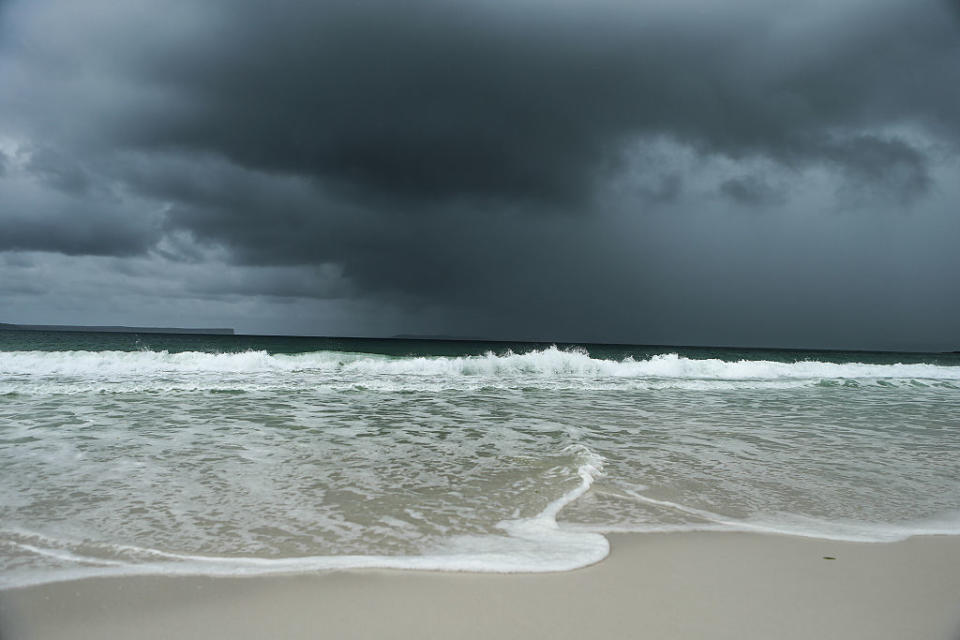The Aussie states dragging down our economy

New South Wales and Victoria were the standout performers in the Australian economy not that long ago. However, times have changed.
Momentum in those previously superstar economies is now starting to weaken, and fast, and that’s dragging on broader Australian growth.
The housing market is largely to blame.
The slowdown in Australia’s eastern state economies is shown perfectly in the chart below from ANZ Bank.
It’s known as the “Stateometer”, a visual indicator that uses trends across 37 individual indicators to measure the performance of Australian state and territory economies over a particular quarter compared to historic trends.
For clarity purposes, any state and territory in the top half of the chart is deemed to be growing at an annual pace above its historic trend, while those in the bottom half are growing at below trend pace.
On the bottom axis, anything on the left suggests that economic activity is slowing, while anything on the right indicates it’s accelerating.
In the December quarter, the economic data suggests most state and territory economies were not only growing below their historic trend but decelerating, an outcome that’s likely to be confirmed when Australia’s December quarter national accounts are released later today.
Of all the indicators tracked in the Stateometer, one area of weakness stood out: the housing market.
“The ongoing housing adjustment slowed down economic activity along Australia’s heavily populated east coast in the December quarter,” said Cherelle Murphy and Jack Chambers, Economists at ANZ.
“The housing components weakened in New South Wales, Victoria, Queensland and even in South Australia and Tasmania, where in contrast to the three biggest states, house prices continued to expand into year-end.
“Such a change suggests to us that credit tightness — which was a catalyst for changing housing market sentiment in the larger states with a high proportion of investors — has also affected the smaller states, which are dominated by owner-occupiers.”
So a housing-led slowdown in the economy is now underway, according to the economic data, with the most acute weakness seen in the most populous eastern states.
While those trends appear unlikely to change in the near-term, Murphy and Chambers said it was not all doom and gloom for all states and territories.
In particular, the South Australian economy has been a standout performer, rebounding strongly compared to what was seen in the September quarter.
There’s also some promising signs for the Western Australian economy — a laggard compared to the other states in recent years courtesy of weak commodity prices and steep falls in mining sector investment — with momentum starting to pickup as commodity prices have recovered.
“Renewed momentum suggests Western Australia is adjusting positively from the mining construction boom,” Murphy and Chambers said, adding that consumer, housing, business and labour market indicators all improved last quarter compared to what was seen in the three months to September.
Given the signals from the Stateometer, it appears likely that Australian GDP growth remained sluggish in the December quarter.
Markets are looking for a quarterly increase of 0.3%, a result that would see year-ended growth slow to 2.5%. Only six months ago the economy was growing at an annual pace of over 3%.
– Business Insider
Make your money work with Yahoo Finance’s daily newsletter. Sign up here and stay on top of the latest money, news and tech news.
Now read: Lost your job and received a payout? This is how you might be taxed
Now read: Why women are asking for permission to spend as little as $343
Now read: Kylie Jenner is the youngest self-made millionaire ever

 Yahoo Finance
Yahoo Finance 
